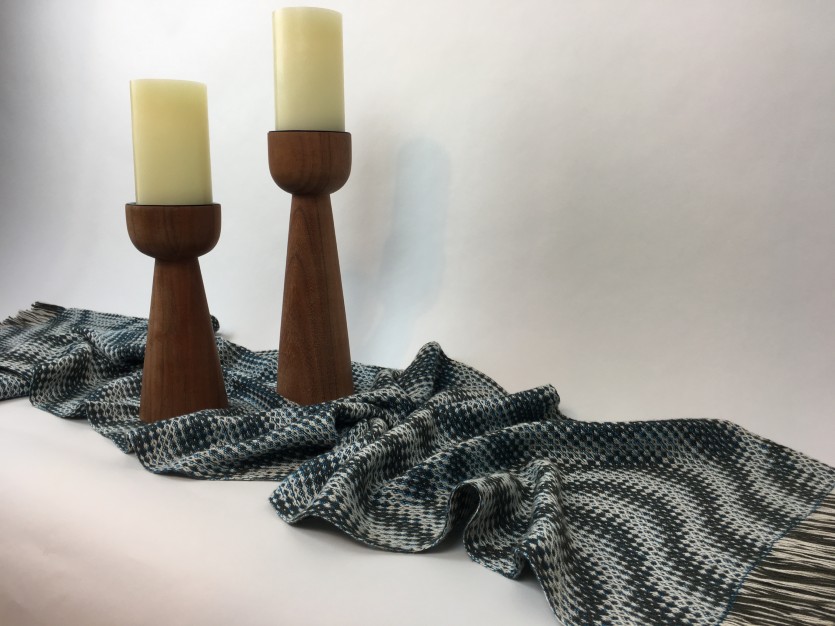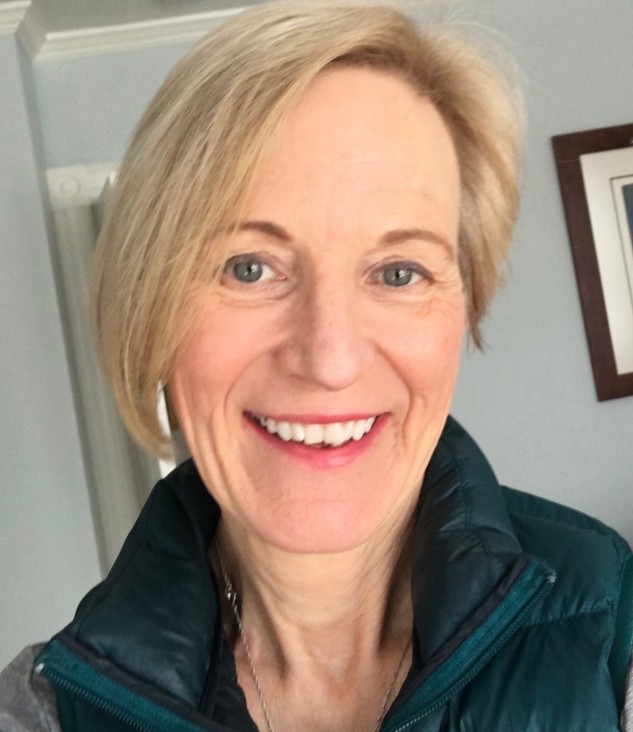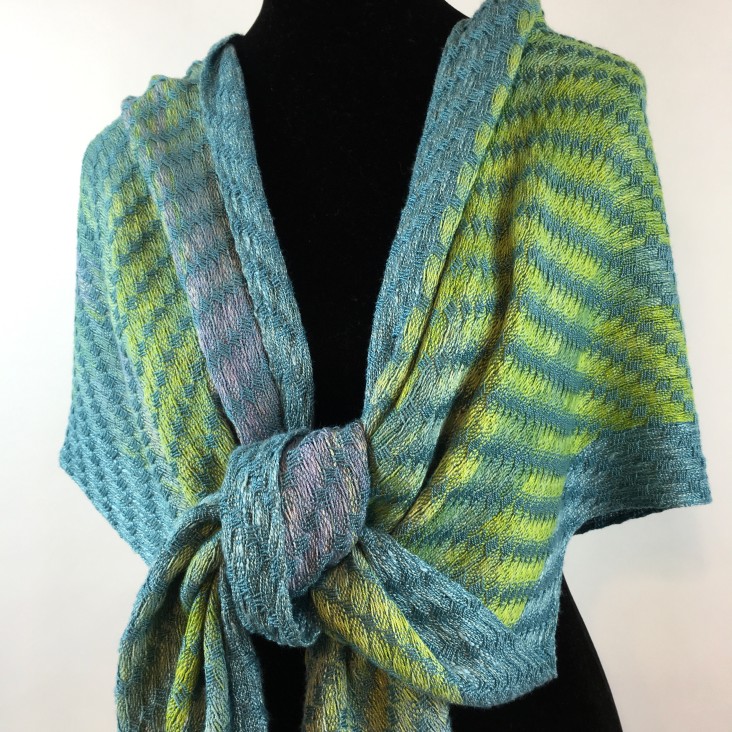The Rural We: Anne Cameron
The weaver creates one-of-a-kind pieces on her looms at home in Sharon, Conn.

The weaver creates one-of-a-kind pieces on her looms at home in Sharon, Conn.

During the time Anne Cameron served as a senior pastor at a Presbyterian church in Dallas, she was exposed to the art of weaving at a retreat. She immediately fell in love with it, and by the third week of lessons at a weaving center close to home, she had bought a loom. She’s been weaving ever since, and has sold her work at galleries and fairs. Just last February, the fiber artist/weaver and her husband moved to Sharon, Conn.to enjoy their retirement, and to be closer to their children and grandkids. Now she lives in an old renovated home that has beautiful working and weaving spaces. She plans to have a sale at her studio, Ttissé Designs, in late June.
I’d always been into creative things — design, color, drawing — and I did a lot of sewing when I was young. But weaving is something that is really me. It just kind of took off like a shot. When I retired, I got good at it, and my friends told me I needed to start selling my stuff. I had a contact in Taos and sold at a gallery there, as well as SMU’s Meadows Museum. I started teaching and did some juried shows.

Once you start weaving and are comfortable with it, there’s an incredible rhythm, and it can be meditative. You lose yourself in it, moving it along and watching this material form in front of your hands. Design work is also intellectually challenging to me. I use a computer program that lets me design fabric before I weave it. My looms go from the most simple rigid heddle looms to the most sophisticated, computerized dobby loom that allows me to create infinitely complex designs. I was a clinical psychologist and pastor, which was so cerebral. The physical tangibility of the fabric is so rewarding.
I love the blending and choosing of color, but I also love mathematics, and there’s a lot of math involved when you’re doing your project planning, like how much yarn, and figuring out the proportions.
Most of what I do are functional pieces, either wearable —shawls, scarves, ponchos — or table linens. Right now I’m doing a commission of dish towels for a client who specified a certain color. Everybody asks me how long a piece takes, but I’ve never really kept track. I’d say anywhere from 15-30 hours for a larger piece. That includes setting up the loom, the weaving, the finishing — which could involve sewing, or braiding the fringe — and put through some kind of washing process.
I always felt like Dallas wasn’t really home, but now I feel like I’ve come home in a way that really surprised me. I was unprepared for how incredibly welcoming people are in this area.

